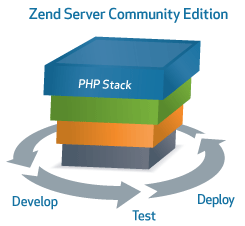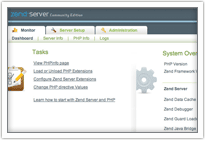What Exactly is MSG and Why Should I Avoid It?
(By Brian St. Pierre, CSCS, CISSN From GetProGrade.com)
MSG stands for monosodium glutamate and it is used to enhance the flavor of food. MSG adds the savory flavor known as umami, and can make even the blandest and cheapest foods taste good.
While there is a lot of anecdotal evidence linking MSG intake with many problems, these symptoms are rather common and unspecific. They include: burning sensations, numbness, tingling, facial pressure or tightness, chest pain, headache, nausea, rapid heartbeat, bronchospasm in asthmatics, drowsiness and weakness.
Unfortunately, well controlled studies have not found these side effects, even in people who claim to be sensitive to MSG. These studies were placebo-controlled and double-blinded, meaning it was gold-standard research.
In one of these studies, 71 participants were given 5 grams of MSG or placebo and then given a standard breakfast. Only one person had a reaction, and it was someone who thought they were sensitive to MSG – unfortunately they got the placebo. Other well-controlled studies have had similar results.
Though to be fair, there are some people that argue that this data is flawed and the researchers were biased, including one Dr. Adrienne Samuels.
According to Dr. Samuels’ article, The Toxicity/Safety of Processed Free Glutamic Acid (MSG): A Study in Suppression of Information, in the peer-reviewed journal Accountability in Research, she proclaims, “How easily truth can be hidden and how seemingly isolated incidents actually can be badly flawed research, direct suppression of information, and dissemination of biased information orchestrated by one group or industry.”
While some seemingly well-controlled quality studies have found little incidence with MSG consumption, there are clearly researchers in the field who disagree with that notion, and feel that the research and data is flawed and biased. In situations like this, it is hard to know fact from fiction, but the data that is available certainly does not seem to link MSG with all of those side effects.
However, this doesn’t mean that you should just go ahead and down MSG without concern. MSG is used in low-quality foods such as Chinese food, canned vegetables, soups, and processed meats to improve the flavor profile, so people will actually want to purchase these items. This alone should tell you if MSG is in a product. It is in there because the item itself needs to have its flavor enhanced, and probably isn’t so great for you.

You should seek to avoid MSG because in the process you will also be avoiding low-quality processed foods and other unhealthy items that will not contribute to your health, body composition, or performance goals. In addition, it is probably just a good idea to avoid or minimize a food that has so much anecdotal evidence weighing against it.
This scenario seems to be similar to aspartame. Many people have been claiming for decades to suffer side effects from aspartame, and they too were told that the data did not support their claims. Well new information is coming out linking aspartame with many problems, including potentially increased risk of cancers and pre-term births.
So when many, many people continue to claim that MSG causes a lot of side effects, it might be worth minimizing in your diet. At the very least, you will also be minimizing low-quality, nutrient-empty, and calorie-dense processed foods, which is never a bad thing.















